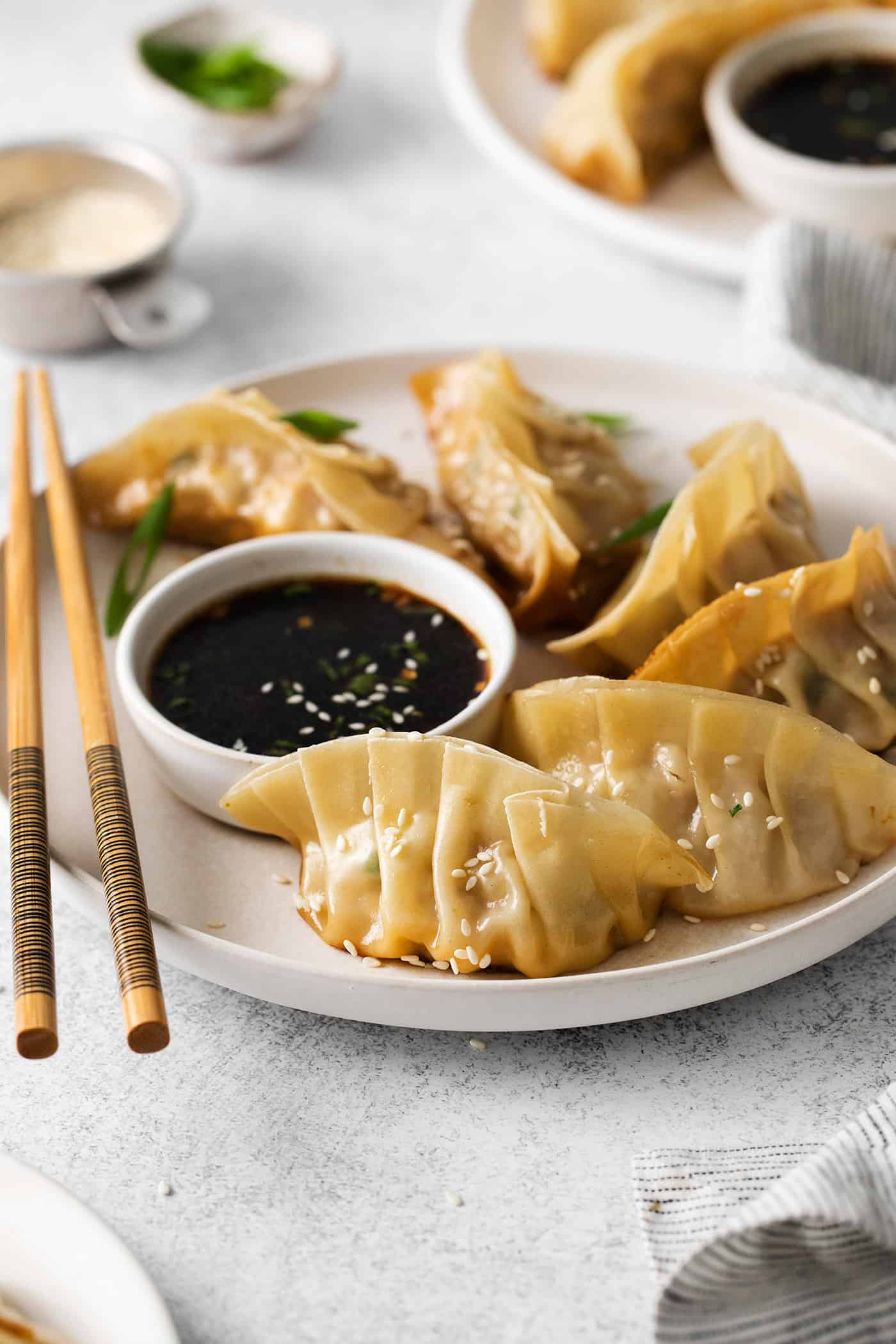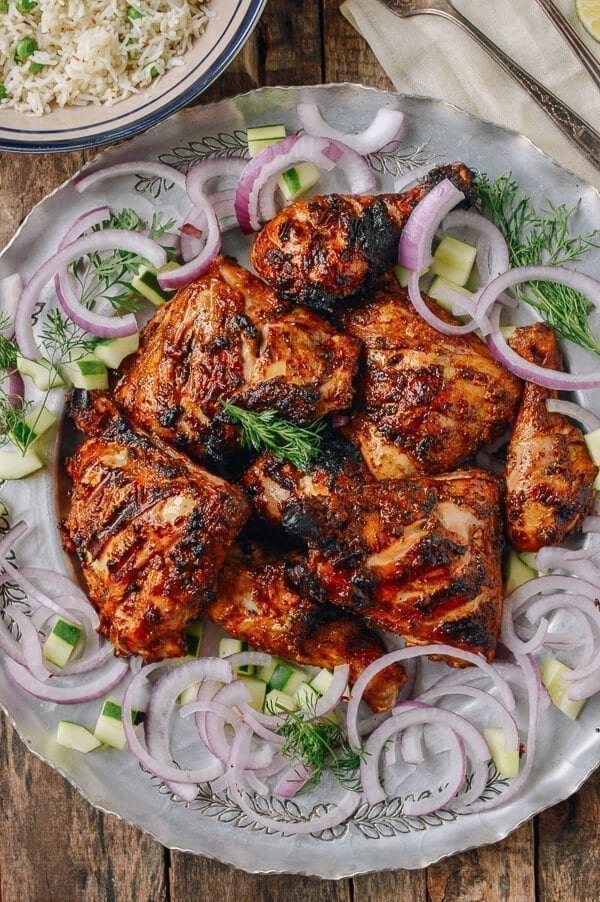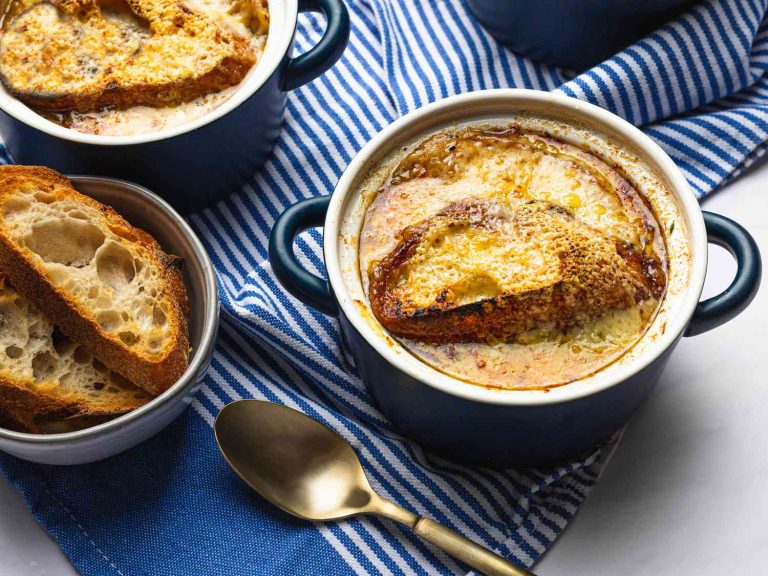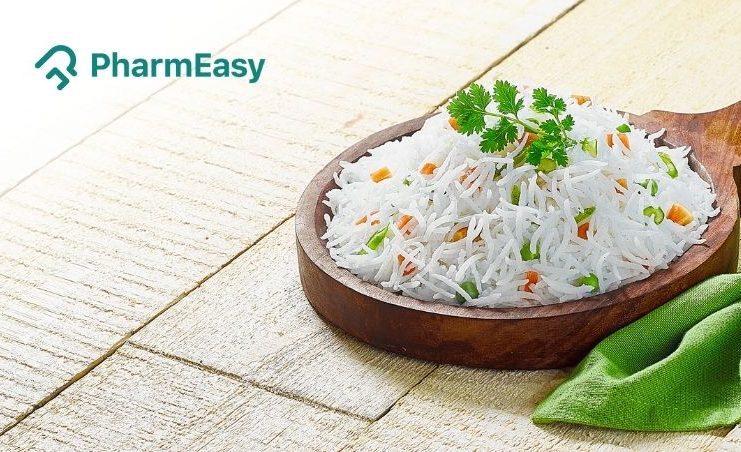Pot Stickers: History, Recipe Tips, and Serving Ideas for Authentic Flavor
Pot stickers, known in Mandarin as “guōtiē,” trace their roots back over a thousand years. The traditional jiaozi, a fundamental dumpling in Chinese cuisine, serves as the precursor to pot stickers. Historical records suggest that jiaozi originated during the Eastern Han Dynasty (AD 25-220). These dumplings were originally boiled or steamed. However, the pan-fried variant, now known as pot stickers, gained popularity due to their unique crispy texture and convenience.
Jiaozi often symbolize family and prosperity. Families across China prepare them during the Lunar New Year celebrations, signifying reunion and good fortune. With time, the jiaozi evolved, with regional variations emerging. For instance, Northern China prefers larger, meat-filled dumplings, while Southern China enjoys smaller, delicate versions often filled with vegetables and seafood.
Cultural Significance and Variations
Pot stickers hold cultural importance in various Asian cuisines beyond China. Japanese cuisine features “gyoza,” a direct adaptation from the Chinese jiaozi, which gained popularity post-World War II. The Japanese version often features a thinner wrapper and more finely chopped ingredients compared to its Chinese counterpart.
In Korea, a similar dish called “mandu” is prevalent. Mandu can be boiled, steamed, or fried, showing the versatility of dumplings in Asian culinary traditions. Korean mandu incorporates ingredients like tofu, glass noodles, and kimchi, reflecting local tastes.
The evolution of pot stickers demonstrates the dish’s adaptability and cultural integration. By understanding the historical and cultural background, you can appreciate the diversity and depth pot stickers bring to your table.
What Makes the Perfect Pot Stickers?
Key Ingredients for Authentic Flavor
Authentic flavor in pot stickers relies on specific ingredients. Ground pork typically provides the rich, hearty base, though chicken or shrimp offer alternatives. Fresh ginger and garlic add zest and aromatic depth to the mixture. Soy sauce and sesame oil, essential in Asian cuisine, contribute savoriness and a subtle nutty taste. Chopped scallions and Napa cabbage bring a fresh, crunchy texture to the filling.
For the dough, wheat flour and water create the wrapper. Some recipes include a pinch of salt for enhanced flavor. The wrapper’s thickness significantly impacts the final texture; thin wrappers yield crispier pot stickers. Using high-quality ingredients ensures the authentic taste synonymous with traditional pot stickers.
The Importance of Wrapping Techniques
Wrapping techniques play a crucial role in achieving the perfect pot sticker. Pleating the edges not only seals the filling but also enhances visual appeal. To wrap efficiently, place a teaspoon of filling in the center of the wrapper, fold it in half, and pinch the edges to create pleats. Ensuring a good seal prevents the filling from leaking during cooking.
Proper alignment during wrapping ensures even cooking. Avoid overfilling to maintain structural integrity and achieve a balanced bite. Mastery of these techniques contributes significantly to the overall quality and appearance of pot stickers, making them delightful to both the palate and the eye.
Cooking Methods Explained
Pan-Frying Versus Steaming
Different cooking methods create unique textures and flavors in pot stickers. For a traditional approach, pan-frying is often preferred. Start by heating oil in a non-stick skillet over medium-high heat. Place the pot stickers flat-side down and cook until the bottoms turn golden brown, usually 2-3 minutes. Add water to the skillet, cover, and steam for 5-7 minutes or until the water evaporates. This method combines a crispy bottom with a soft, steamed top.
Steaming, on the other hand, forgoes the crispy texture in favor of a uniformly tender dumpling. Arrange the pot stickers on parchment paper or leafy greens in a steamer basket. Steam over boiling water for about 10-12 minutes. This method ensures even heating and a delicate texture, ideal for softer, more succulent results.
Tips for Achieving the Perfect Crisp
Getting the ideal crispiness in your pot stickers relies on a few key factors. First, control the oil temperature. Preheat your skillet and oil to medium-high before adding pot stickers to avoid soggy bottoms. Second, use a non-stick skillet to prevent sticking and ensure an even golden brown layer.
You should add water cautiously during the steaming phase to avoid excess moisture. Add just enough to create steam without overpowering the crisp texture. As the final tip, uncover the skillet during the last minute of cooking to let any remaining moisture evaporate, enhancing the overall crispiness.
Serving and Pairing Pot Stickers
Best Sauces and Dips
Enhance your pot stickers with a variety of sauces and dips. Traditional soy sauce, with its salty and umami profile, complements the savory filling. To add heat, mix soy sauce with chili oil. For a touch of sweetness, try hoisin sauce. Vinegar-based dips like black vinegar with ginger provide a tangy contrast. Combine soy sauce, rice vinegar, and sesame oil for a balanced dipping sauce. Don’t forget a dash of chopped scallions or cilantro for added freshness.
Ideal Side Dishes
Pair pot stickers with side dishes to create a complete meal. Simple steamed rice serves as a neutral base, allowing the flavors of the pot stickers to shine. Stir-fried vegetables like bok choy or snap peas add texture and color. For a protein boost, serve with a bowl of hot and sour soup or wonton soup. If you prefer greens, cucumber salad with sesame dressing provides a light, refreshing crunch. Combine these elements to offer a variety of textures and tastes that complement the pot stickers perfectly.
Conclusion
Mastering the art of making perfect pot stickers can elevate your culinary skills and bring a touch of tradition to your kitchen. By focusing on authentic ingredients and perfecting your wrapping technique, you’ll achieve pot stickers that are both delicious and visually appealing. Don’t forget the importance of cooking methods to get that ideal balance of crispy and tender textures. Pair them with the right sauces and side dishes to create a memorable meal that showcases a variety of flavors and textures. Enjoy the process and the delicious results!






